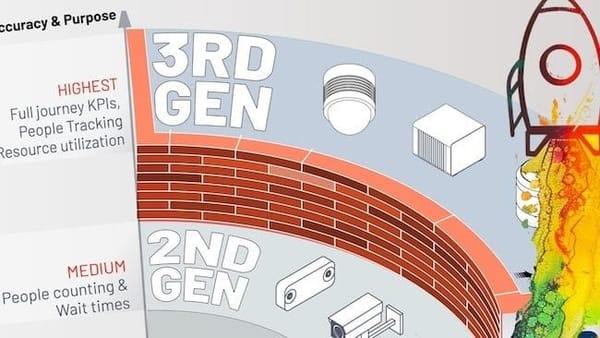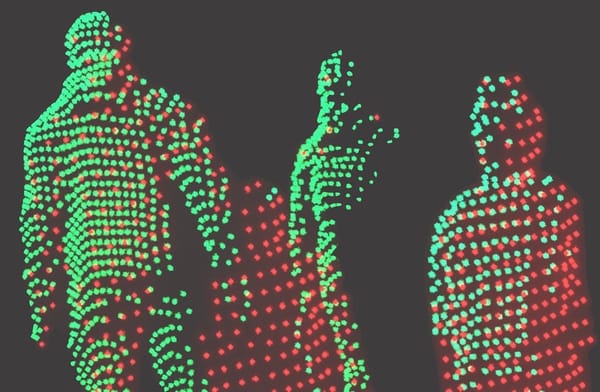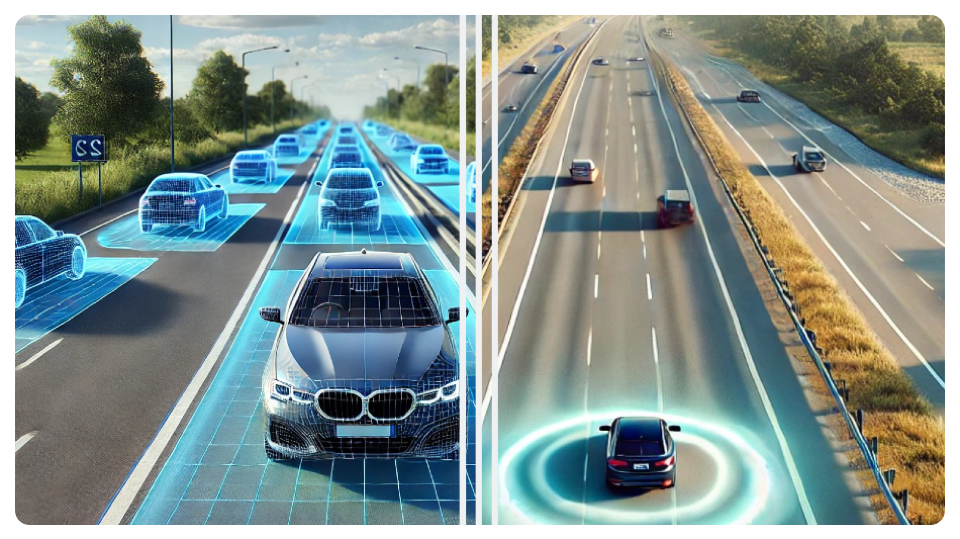
Next-Gen Traffic Monitoring: Why LiDAR Outshines Magnetic Loops
As cities grow and road traffic increases, the challenges of road safety and traffic congestion are becoming more serious. Heavy traffic raises the risk of accidents, worsens air pollution, and delays the delivery of goods.
In response to this many technology companies and innovators have been focused on finding ways to reduce these problems.
Transitioning to LiDAR for Smarter Traffic Management
While magnetic loops have served as the standard solution for decades, the emergence of LiDAR technology is changing the way highways are managed. LiDAR offers advanced capabilities that far surpass those of traditional magnetic loops, making it the superior choice for modern traffic monitoring systems.

Here, we’ll explore why LiDAR outperforms magnetic loops and how it transforms highway management.
What are magnetic loops?
Magnetic loops are an established technology in traffic detection, consisting of magnetic structures embedded beneath highways.
When metallic vehicles pass over the magnetic loops, they disrupt the loop's magnetic field.
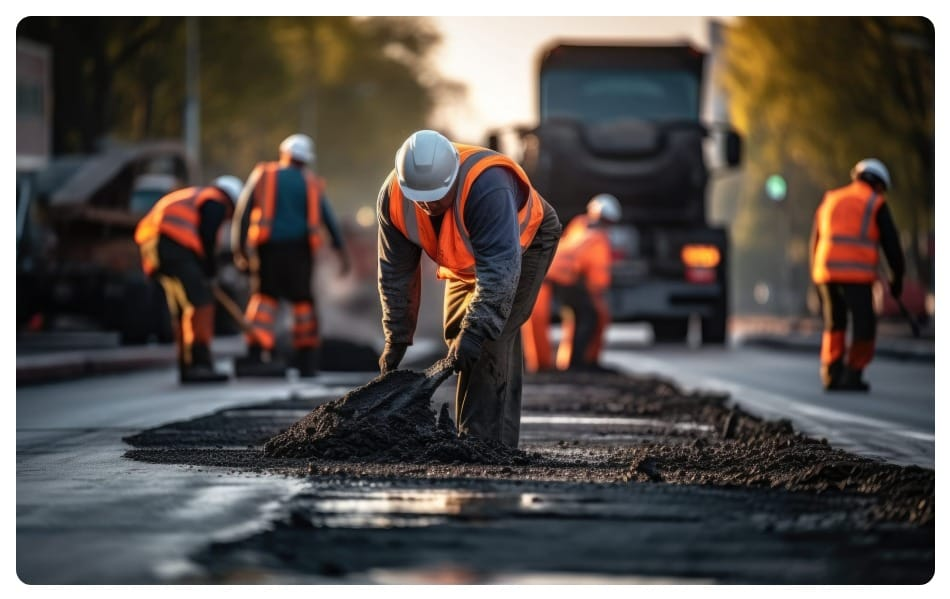
Drawbacks of magnetic loops:
While magnetic loops have been a reliable tool for decades, they come with significant drawbacks:
- Limited Scope and Coverage: Magnetic loops provide data only at specific sensor locations, making it hard to monitor larger areas. Expanding coverage requires installing multiple loops, adding complexity and cost.
- Installation and Maintenance Challenges: Magnetic loops are vulnerable to weather conditions and road damage and their installation disrupts traffic due to excavation. Maintenance of metal loops requires frequent repairs, which can be costly and cause delays.
- Limited Data and Detection Capabilities: Magnetic loops can only detect vehicle presence and length via static points. This means that they are unable to capture 3D dimensions of the vehicles through continuous tracking and they cannot detect stationary vehicles. They also miss non-metallic vehicles and pedestrians and are less accurate when vehicles change lanes.
- Cost and Logistical Challenges: Installation and maintenance are expensive and logistically challenging, especially when road closures are required for repairs or installation.

LiDAR: An Alternative for Traffic Detection
LiDAR, which stands for Light Detection and Ranging, is a remote sensing technology that uses laser beams to measure the distance between objects, creating detailed point clouds of 3D environments.
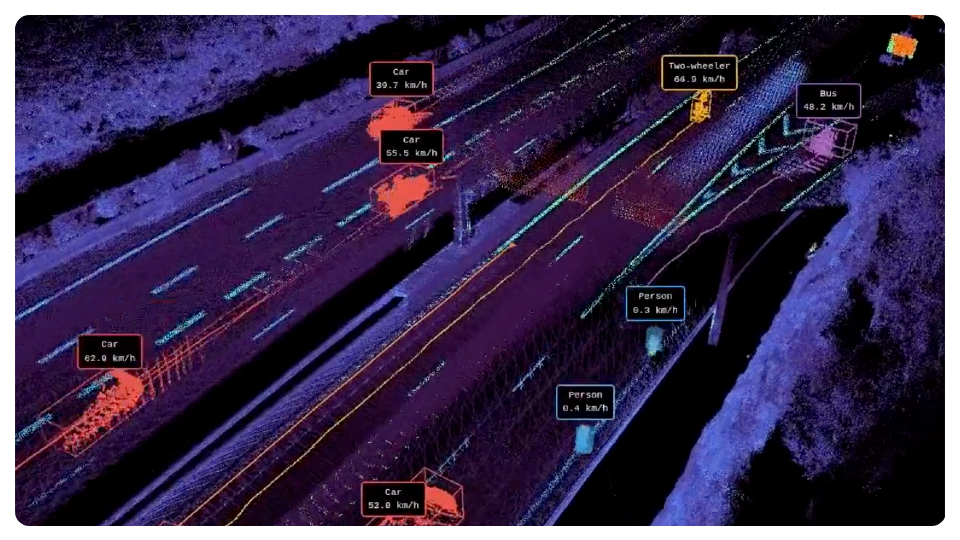
By capturing real-time 3D data, solutions using LiDAR technology can track road users’ spatial information and monitor for Key Performance Indicators (KPIs) related to vehicle traffic.
The advanced three-dimensional mapping of LiDAR offers significant advantages in tracking and classifying vehicles:
- Superior accuracy and range: LiDAR provides high-precision, long-range detection, operating reliably in any lighting or weather condition.
- Expanded detection capabilities: In addition to standard vehicle count, speed, and length detection, LiDAR can:
- Detect stopped vehicles on highways
- Classify vehicle types
- Identify vulnerable road users like pedestrians and cyclists
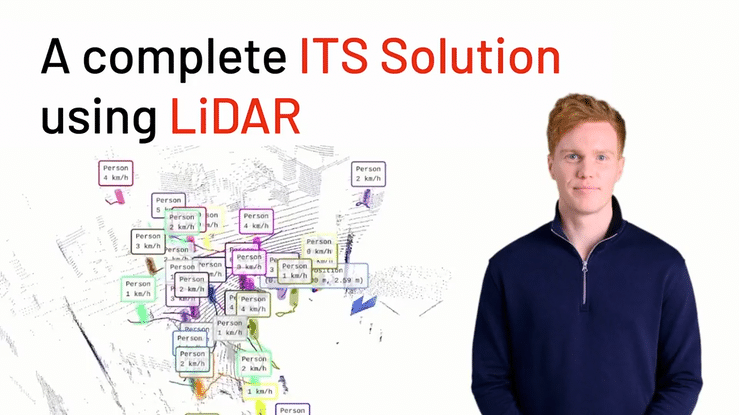
- Comprehensive Tracking: With more than 96% full tracking over a 100-meter range, LiDAR allows for a deeper understanding of vehicle behavior and traffic flow, providing insights that magnetic loops cannot offer.
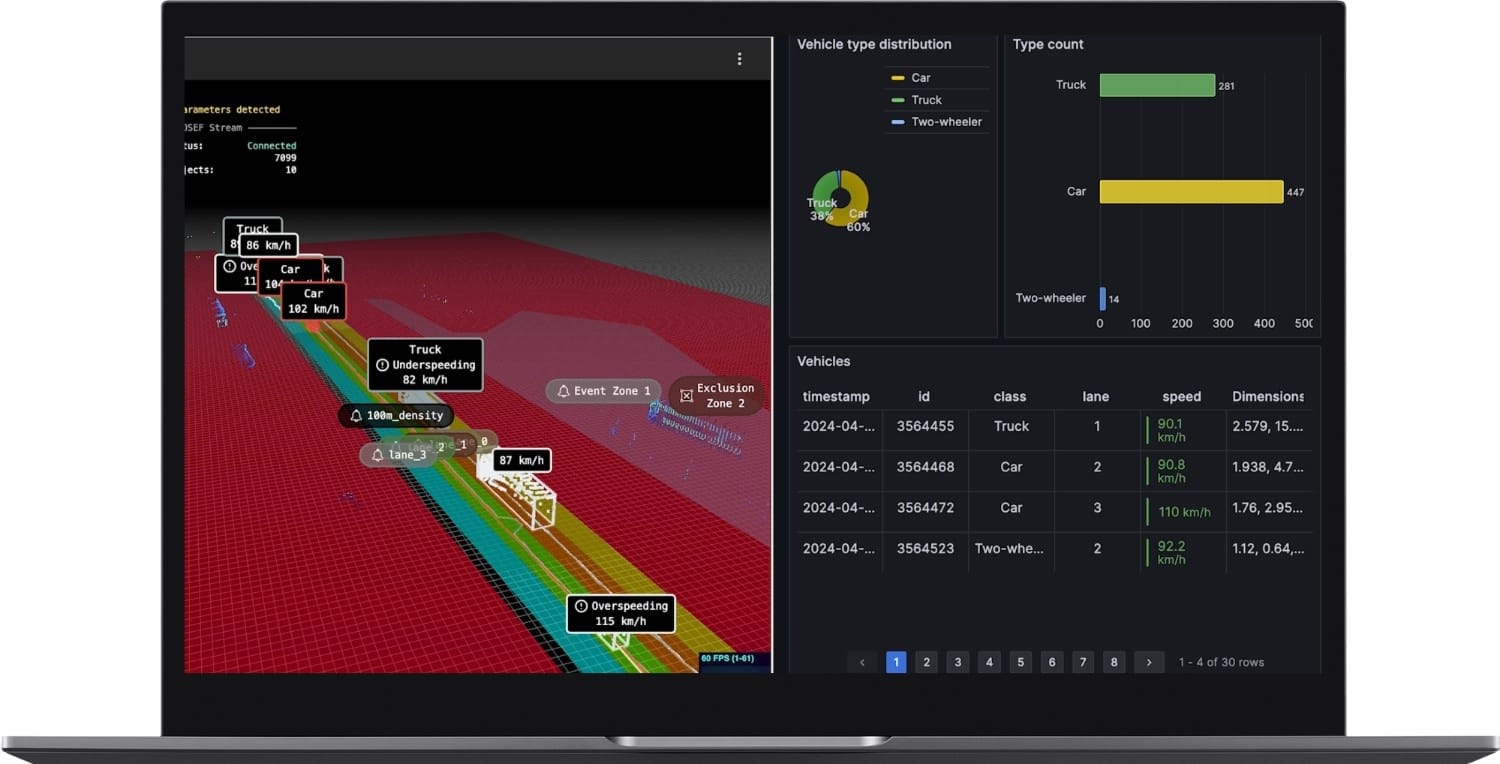
- Lane Independence: Unlike magnetic loops, LiDAR is not affected by vehicles changing lanes, ensuring consistent and reliable tracking in dynamic traffic conditions.
From an operational perspective, LiDAR is a more flexible solution:
- Lower installation impact: LiDAR systems can be installed without disrupting the roadway. This reduces installation time and maintenance costs compared to magnetic loops, which require physical embedding in the road surface.

- Scalability and adaptability: LiDAR systems are better suited to complex urban environments and dense highway networks, offering scalable solutions that can adapt to changing road layouts with minimal infrastructure adjustments.
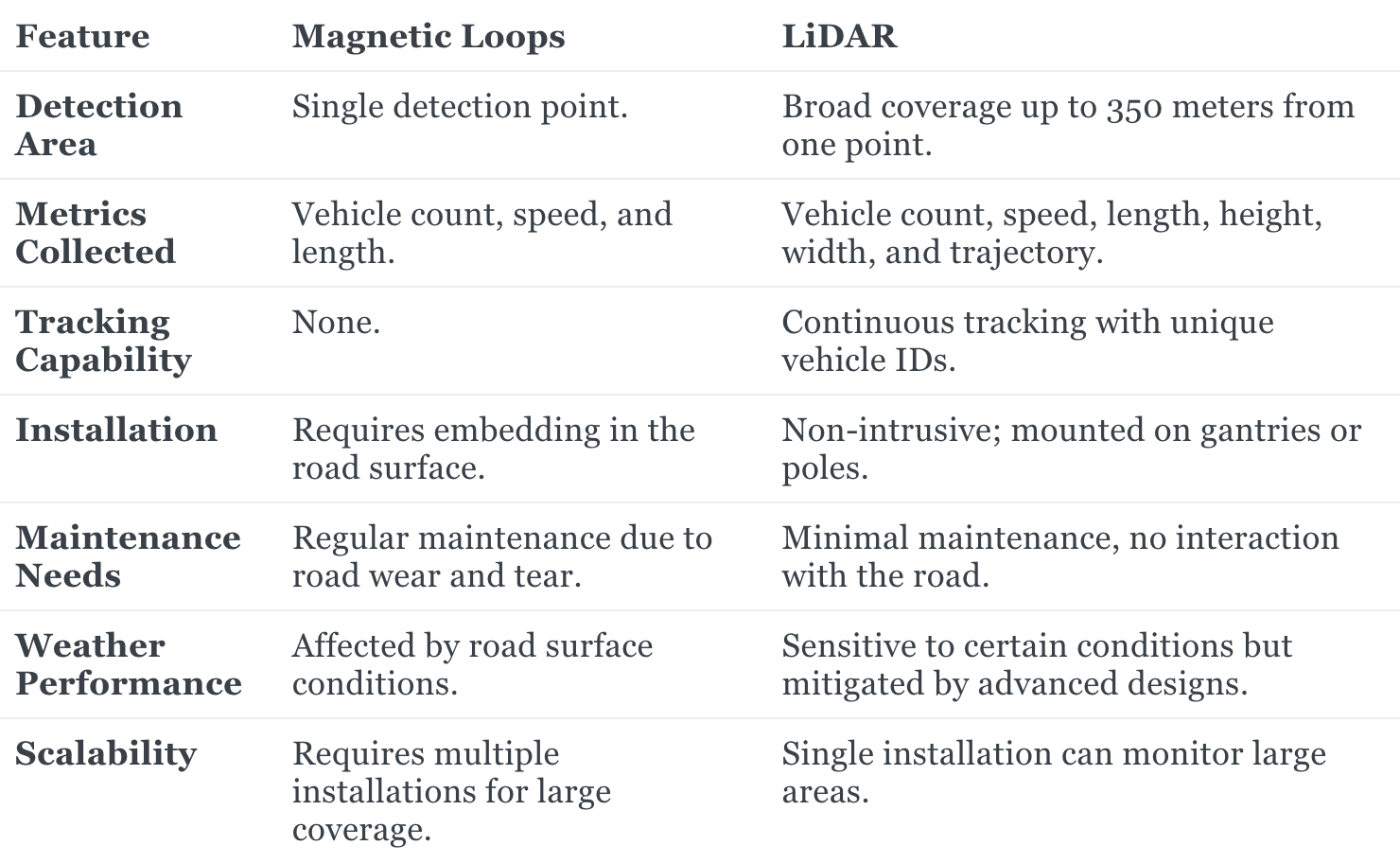
While the initial cost of installing LiDAR systems is higher than that of magnetic loops, the long-term benefits make LiDAR a more cost-effective choice:
- Reduced Maintenance: LiDAR’s non-intrusive nature eliminates road damage and minimizes maintenance costs.
- Fewer Sensors Needed: One LiDAR setup can monitor large areas, reducing the need for multiple installations.
- Scalability: LiDAR systems integrate seamlessly with Intelligent Transportation Systems (ITS) and can be upgraded with software updates, avoiding additional hardware costs.
Real-World Impact of LiDAR
In real-world applications, LiDAR has consistently demonstrated superior performance compared to magnetic loops:
- Accuracy: LiDAR achieves over 99% detection accuracy, even in complex traffic conditions.
- Weather Adaptability: Advanced LiDAR systems can mitigate environmental challenges like rain or fog, maintaining high accuracy levels.

- Efficiency: By providing real-time, actionable insights, LiDAR enables operators to make informed decisions that enhance traffic flow and safety.
Its ability to provide detailed 3D data, monitor large areas, and enable real-time incident detection makes it the go-to solution for highway operators aiming to improve safety and efficiency while reducing costs over time.







